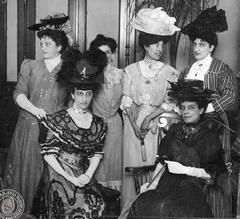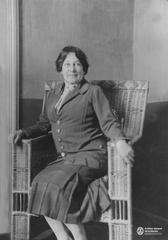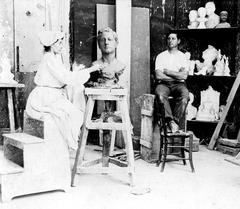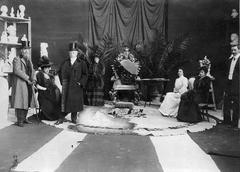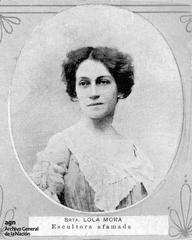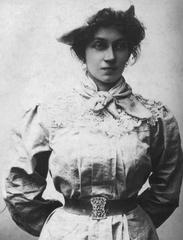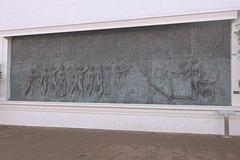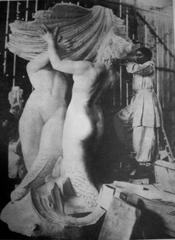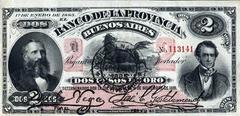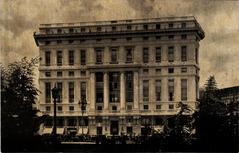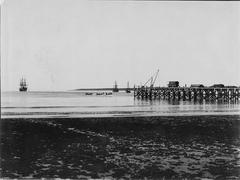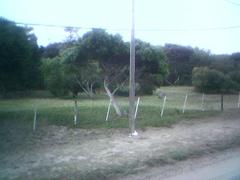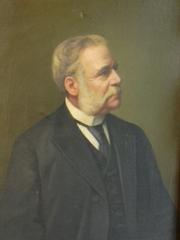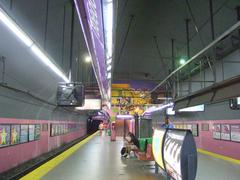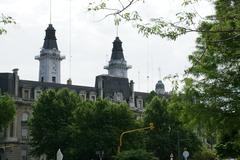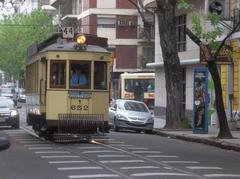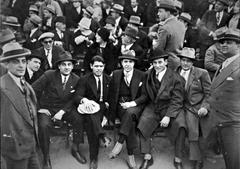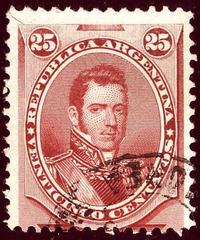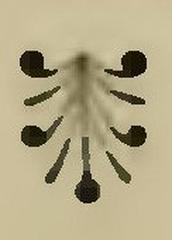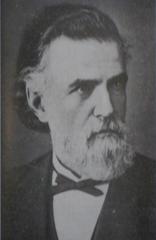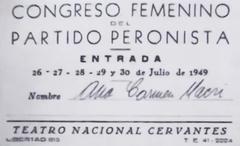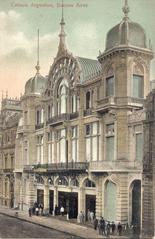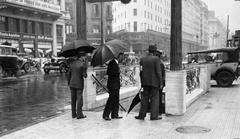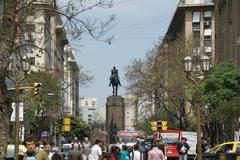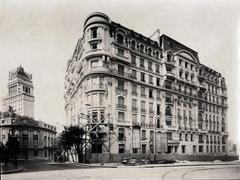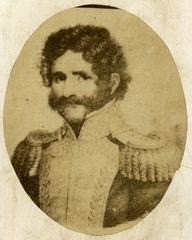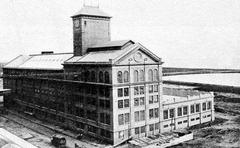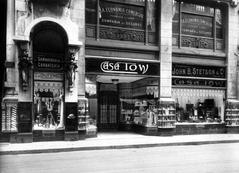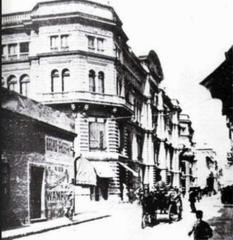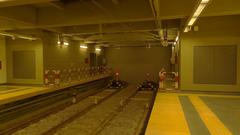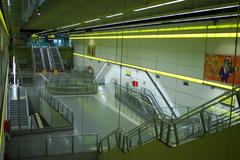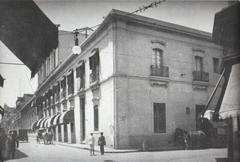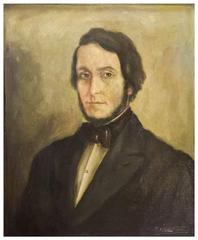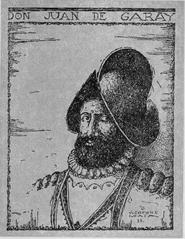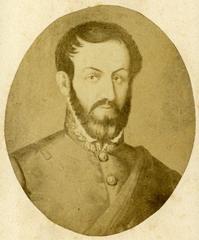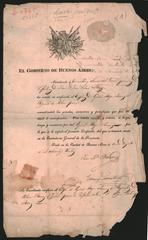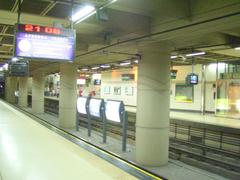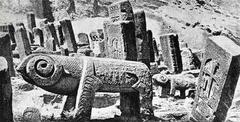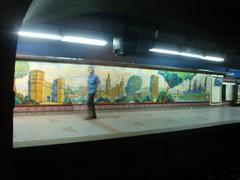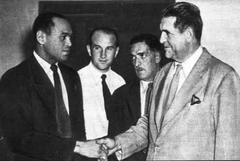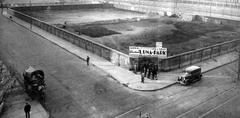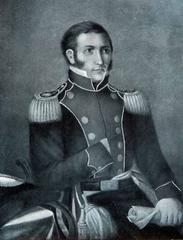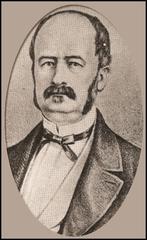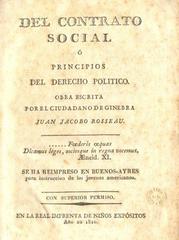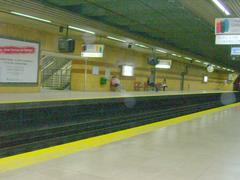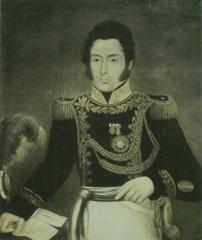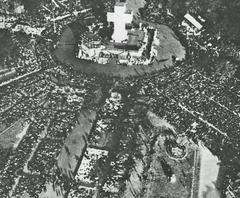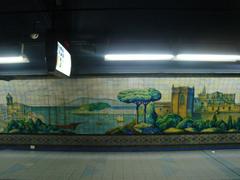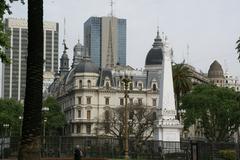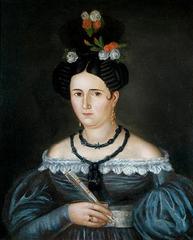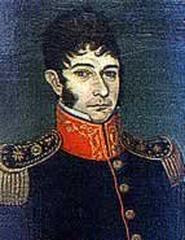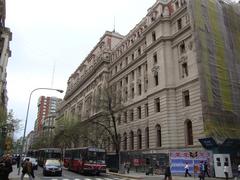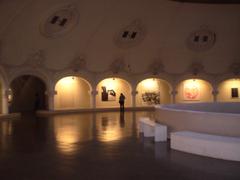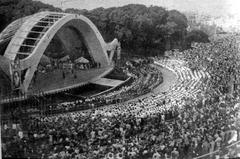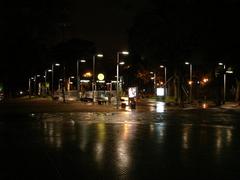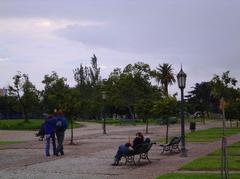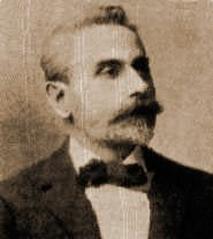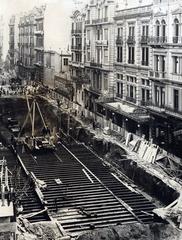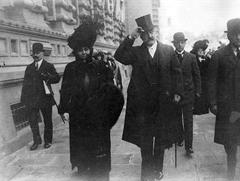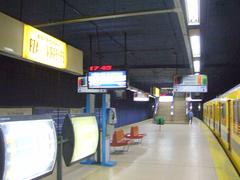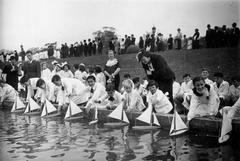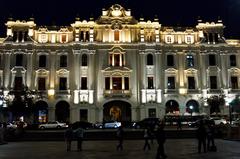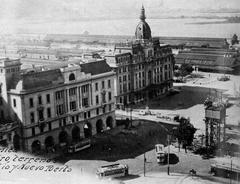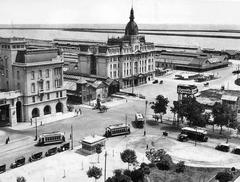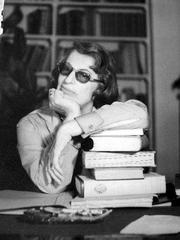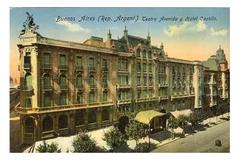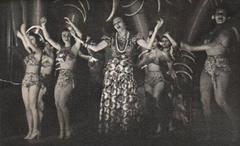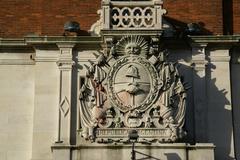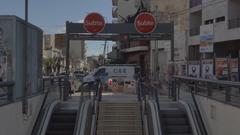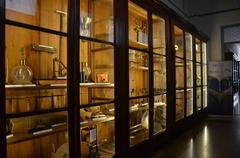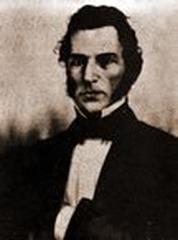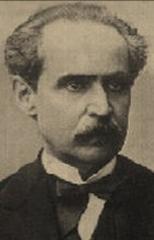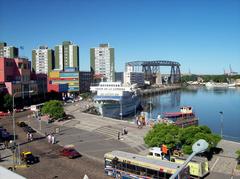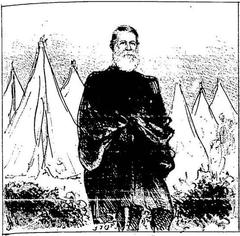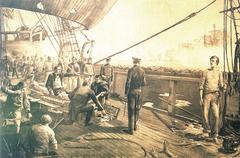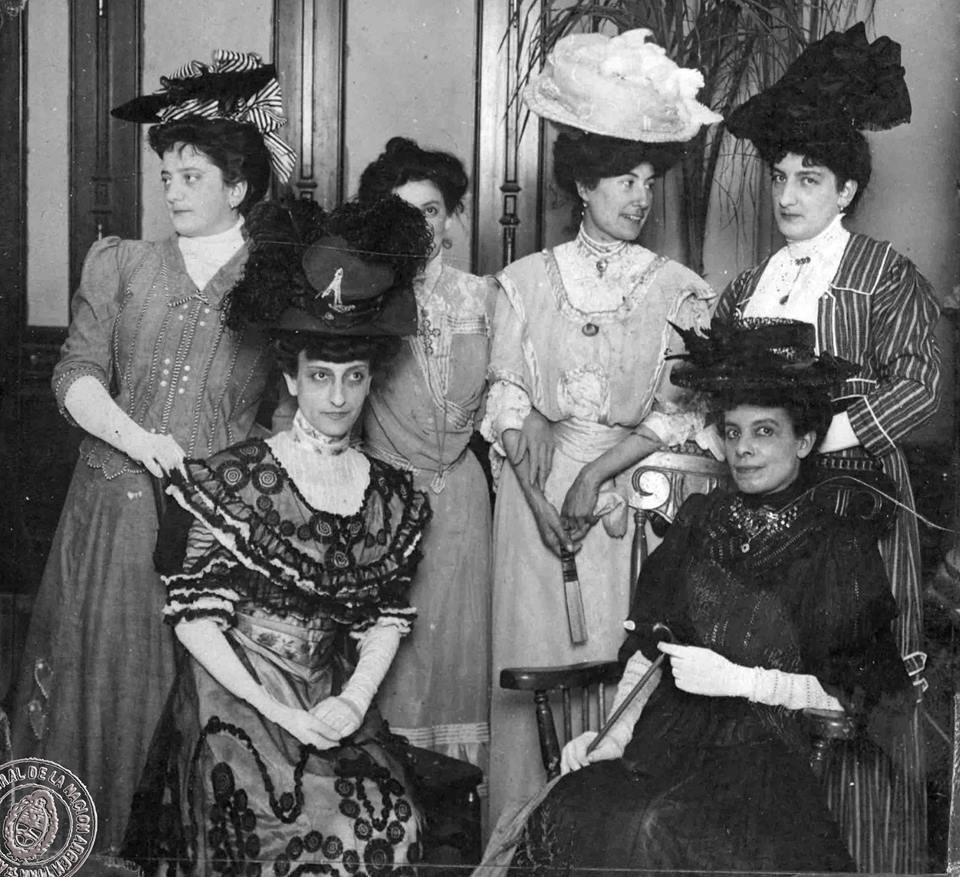
Visiting Hours, Tickets, and Historical Insights of Fuente de las Nereidas in Buenos Aires
Published Date: 18/07/2024
Introduction to Fuente de las Nereidas
The Fuente de las Nereidas, or Fountain of the Nereids, is not merely a decorative fountain but a symbol of cultural transformation and artistic prowess in Buenos Aires, Argentina. Nestled near the Rio de la Plata waterfront in the upscale Retiro neighborhood, this masterpiece by Lola Mora stands as a testament to artistic innovation and societal shifts at the dawn of the 20th century. Created by one of Argentina’s pioneering female sculptors, the fountain’s history is rich with controversy, societal challenges, and eventual acclaim. Initially intended for the city center, Plaza de Mayo, its provocative design featuring nude figures of mythological sea nymphs and gods stirred significant public outcry. This led to its relocation in 1918 to a less prominent site, where over time, it gained recognition as an emblem of artistic liberation and Argentine heritage. For visitors today, the Fuente de las Nereidas offers not only a glimpse into Argentina’s cultural past but also a serene spot to appreciate the beauty of Mora’s work and the dynamic history it represents.
Contents Overview
- Introduction
- Historical Significance and Background
- Lola Mora - A Pioneering Female Sculptor
- A Controversial Masterpiece Unveiled
- Relocation and Reinterpretation
- Symbol of Artistic Liberation and National Identity
- A Legacy Enduring
- Visitor Information
- Ticket Prices and Visiting Hours
- Travel Tips
- Special Events and Guided Tours
- FAQ
- Conclusion
Historical Significance and Background
Lola Mora - A Pioneering Female Sculptor
At the heart of the fountain’s story is its creator, Lola Mora. Born in 1866, she was a woman far ahead of her time. In an era when sculpture was considered a male domain, Mora broke barriers, becoming one of Argentina’s first prominent female sculptors. Her talent was undeniable, earning her prestigious commissions and challenging societal norms.
A Controversial Masterpiece Unveiled
The fountain, commissioned in 1900, was originally intended for the city center, Plaza de Mayo. However, its unveiling in 1903 sparked controversy. The issue? The fountain’s nude figures, considered scandalous by the conservative society of the time. The depiction of voluptuous Nereids (sea nymphs) and robust Tritons (sea gods) surrounding the central figure of Venus, the goddess of love, was deemed too daring for public display.
Relocation and Reinterpretation
The controversy led to the fountain’s relocation to a less prominent location in 1918. It found a new home near the Rio de la Plata waterfront in the upscale Retiro neighborhood. Over time, what was once considered scandalous became celebrated. The fountain, with its dynamic composition and celebration of the human form, came to be recognized as a masterpiece of Argentine sculpture.
Symbol of Artistic Liberation and National Identity
The Fuente de las Nereidas represents a pivotal moment in Argentine art history. It marked a departure from the rigid academic style that had dominated the 19th century, ushering in a new era of artistic expression influenced by Art Nouveau and Symbolism. Mora’s work, with its sensuality and dynamism, paved the way for future generations of Argentine artists to embrace bolder, more expressive forms.
A Legacy Enduring
Today, the Fuente de las Nereidas stands as a testament to Lola Mora’s artistic genius and her enduring legacy. It’s a popular attraction, drawing visitors from around the world who come to admire its beauty and contemplate its tumultuous history. The fountain serves as a reminder of the power of art to challenge conventions and shape cultural perspectives. It’s a symbol of artistic liberation and a celebration of Argentina’s rich cultural heritage.
Visitor Information
Ticket Prices and Visiting Hours
Visiting Fuente de las Nereidas is free of charge. The fountain is located in a public area, making it accessible to visitors at any time. However, for the best experience, it is recommended to visit during daylight hours.
Travel Tips
- Best Time to Visit: Early morning or late afternoon when the light is ideal for photography.
- Nearby Attractions: After visiting the fountain, you can explore nearby attractions like the Retiro neighborhood, Plaza San Martín, and the Museo Nacional de Bellas Artes.
- Accessibility: The area around the fountain is wheelchair accessible, with smooth pathways for easy navigation.
Special Events and Guided Tours
While there are no specific guided tours dedicated solely to the Fuente de las Nereidas, many city tours include it as a stop. Check with local tour operators for more information.
FAQ
What are the visiting hours for Fuente de las Nereidas? The fountain is accessible 24/7 as it is located in a public space.
How much are tickets to Fuente de las Nereidas? There are no tickets required to visit the fountain; it is free of charge.
Conclusion
The Fuente de las Nereidas is more than just a beautiful sculpture; it is a piece of Argentine history that continues to inspire and attract visitors. Whether you’re an art enthusiast or a history buff, this iconic fountain is a must-see. Don’t forget to bring your camera and enjoy the surrounding attractions in Buenos Aires. For more updates and tips, follow us on social media or check out our related posts.
Call to Action
Download our mobile app for more travel tips and guides, or follow us on social media to stay updated on the latest attractions and events in Buenos Aires.
Sources and Further Reading
- Lola Mora, 2022, Wikipedia https://en.wikipedia.org/wiki/Lola_Mora
